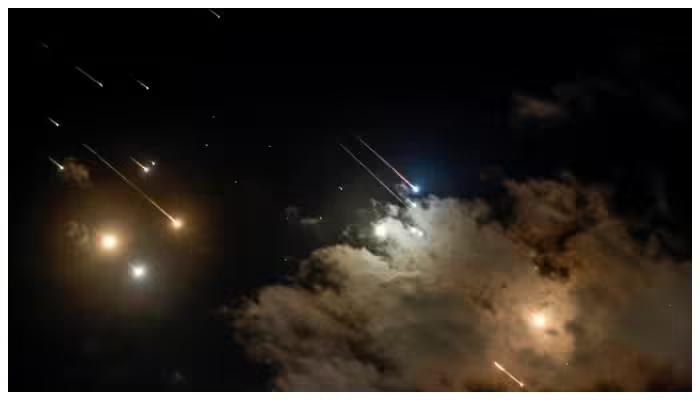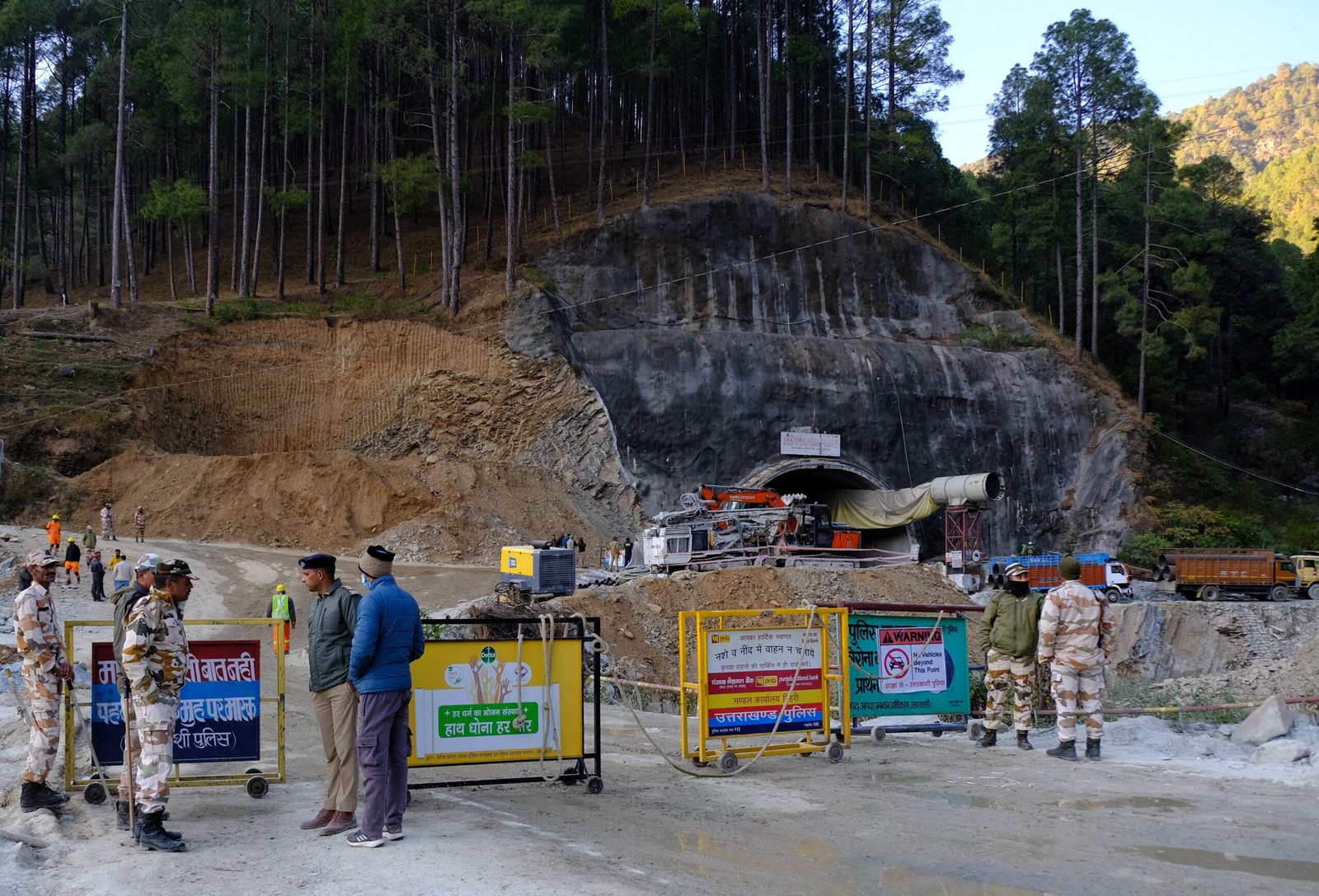On Tuesday night, Iran launched a significant missile attack on Israel, firing hundreds of ballistic missiles. Details are now emerging regarding the scale of the assault and its potential consequences. According to reports from Israeli media, numerous explosions were heard throughout the capital city of Tel Aviv and occupied Jerusalem. The situation became even more dire as air raid sirens blared across Israel, urging citizens to take cover in safe zones.
Intense Explosions and Alarming Situation in Israel
The missile strike has led to widespread chaos across Israel, especially in its major cities. Israeli authorities immediately responded by activating sirens throughout the country, urging people to seek refuge in shelters. This sudden and aggressive attack has caused immense concern within Israel and among the international community, especially due to its large-scale nature and the potential for escalating violence in the region.
In addition to the impact on the ground, the attack has raised alarms within Israel’s military and defense circles, prompting them to review their air defense systems and operational readiness. Given the extent of the explosions in Tel Aviv and Jerusalem, there is growing concern about the effectiveness of Israel’s Iron Dome defense system and whether it can handle such a heavy barrage of ballistic missiles in the future.
Iranian Missiles: Shahab-3 and Other Variants
Experts have been analyzing the available information and videos circulating on social media to assess which types of missiles Iran might have used in this attack. Preliminary reports suggest that Iran likely deployed Shahab-3 missiles, which have been a staple of the country’s missile arsenal for years. Shahab-3 variants, including the Imad or Ghadar missiles, are believed to have been used, as evidenced by the missile fragments seen in the videos.
The Shahab-3 missile is an intermediate-range ballistic missile developed by Iran. It is capable of striking targets as far as 1,200 kilometers (746 miles) away, putting most of Israel within its range. Its variants, Imad and Ghadar, represent improvements in accuracy, range, and payload capacity, making them a formidable choice for such an operation.
However, experts believe that newer missile models, such as the Khyber Shikan, may also have been part of the attack. The Khyber Shikan is another advanced missile system in Iran’s arsenal, known for its precision and effectiveness. While less certain, there is also speculation about the possible involvement of Iran’s hypersonic missile, Fateh.
Fateh Hypersonic Missile: A Potential Game-Changer?
The Fateh hypersonic missile is Iran’s latest and most advanced ballistic missile. Capable of reaching extremely high speeds and maneuvering mid-flight to evade missile defense systems, the Fateh represents a serious challenge to any country facing it. However, experts believe that the use of Fateh in the recent attack is highly unlikely.
According to weapons analysts, the Fateh missile is a critical asset in Iran’s military strategy, and deploying it in this attack could be seen as a significant gamble. If Israel were to study the missile’s capabilities through recovered fragments or radar data, it could gain valuable insights into Iran’s most advanced military technology. As a result, experts argue that it’s more probable Iran is engaging in propaganda, claiming to use Fateh without actually deploying it, in order to instill fear and uncertainty in Israel and its allies.
In the event that the Fateh missile was used, it’s possible that it may have failed during the attack, further complicating the situation. This failure could explain why Iran has refrained from boasting about the missile’s success in this specific strike. Without clear and detailed imagery, it remains impossible for experts to provide a final assessment of whether or not the Fateh missile was truly involved.
Rising Tensions and the Risk of Escalation
This missile attack marks a significant escalation in tensions between Iran and Israel, which have already been simmering for years. In recent weeks, hostilities have flared up once again as both sides exchanged threats. The Iranian Supreme Leader has openly warned Israel that future attacks will be “more painful,” following previous assaults by Hezbollah and other Iranian-backed forces in the region.
Israel, on the other hand, has continued its military operations in Gaza and other areas, aiming to weaken Hezbollah’s influence and secure its borders. In response to these Israeli actions, Iran’s missile attack can be seen as a bold retaliation, intended to demonstrate the country’s military capabilities and willingness to confront Israel head-on.
The Geopolitical Impact
This attack will likely have far-reaching consequences in the region. The missile barrage has already prompted a strong response from Israel, with officials condemning Iran’s aggression and vowing to retaliate. If this conflict continues to escalate, it could drag other regional powers into the fray, further destabilizing the Middle East.
The involvement of the U.S. and other global powers could also become more likely as tensions mount between Iran and Israel. Given the strategic importance of both nations, any significant military escalation could quickly draw in international forces.
The missile strike by Iran against Israel marks a dangerous turning point in their long-standing rivalry. With hundreds of ballistic missiles launched, including the potential use of Shahab-3 variants and speculation around the Fateh hypersonic missile, the attack has rattled Israel and raised concerns about the future stability of the region. As tensions rise, the world watches with bated breath, hoping that the situation doesn’t spiral into a full-blown conflict.



